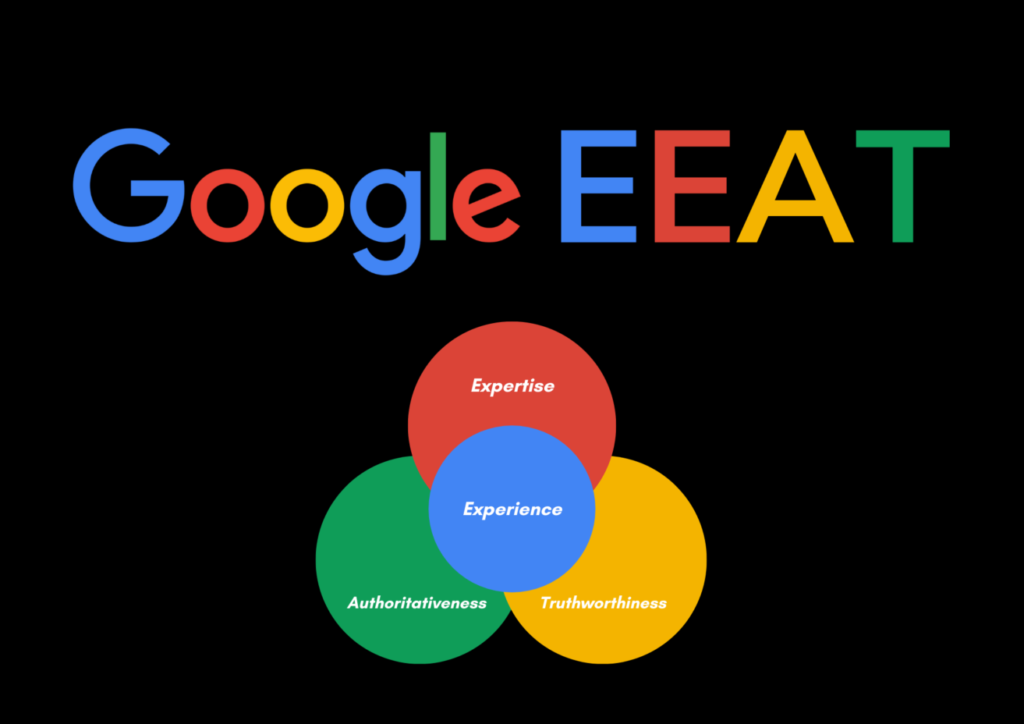A well-structured content calendar is essential for businesses aiming to maintain a consistent online presence. It helps organize your content creation efforts, ensures timely publication, and aligns your content with your marketing goals. Here’s a step-by-step guide to creating an effective content calendar for your business.
1. Define Your Content Goals
Before you start planning your content, it’s important to establish clear objectives. Ask yourself:
- What do you want to achieve with your content?
- Who is your target audience?
- What types of content will best serve your audience and goals?
Having clear answers to these questions will guide your content planning process.
2. Choose Your Content Types
Based on your goals and audience, decide on the types of content you’ll create. This could include:
- Blog posts
- Social media updates
- Videos
- Podcasts
- Infographics
- Newsletters
Diversifying your content types can help you reach a wider audience and keep your content fresh and engaging.
3. Determine Your Posting Frequency
Decide how often you’ll publish each type of content. This will depend on your resources and your audience’s preferences. Be realistic about what you can consistently produce without sacrificing quality.
4. Create a Content Matrix
A content matrix helps you organize your ideas and ensure a good mix of content. Categories might include:
- Topic
- Content type
- Target audience
- Call to action
- Distribution channels
This matrix will serve as a reference when filling out your calendar.
5. Choose Your Calendar Tool
Select a tool that works for you and your team. This could be as simple as a spreadsheet or as robust as a project management platform. Popular options include:
- Google Sheets
- Trello
- CoSchedule
- Asana
The key is to choose a tool that’s easy to use and accessible to all team members.
6. Plan Your Content
Start filling in your calendar with content ideas. Consider:
- Key dates and events relevant to your industry
- Seasonal topics
- Product launches or company announcements
- Ongoing series or themes
Try to plan at least a month in advance, but remain flexible to accommodate timely topics or changes in strategy.
7. Assign Responsibilities
If you’re working with a team, clearly assign tasks for each piece of content. This includes who will:
- Create the content
- Edit and approve
- Publish and promote
Clear assignments help ensure nothing falls through the cracks.
8. Include Content Details
For each content piece, include relevant details such as:
- Working title
- Brief description or outline
- Target keywords
- Calls to action
- Deadlines for each stage (drafting, editing, publishing)
This information helps keep everyone on the same page and ensures consistency in your content strategy.
9. Review and Adjust Regularly
Set aside time each month to review your content calendar. Assess what’s working well and what could be improved. Be prepared to make adjustments based on:
- Content performance metrics
- Audience feedback
- Changes in business goals or industry trends
Regular reviews help keep your content strategy fresh and effective.
10. Integrate with Your Marketing Calendar
Ensure your content calendar aligns with your overall marketing calendar. This integration helps support broader marketing initiatives and creates a cohesive brand message across all channels.
Conclusion
An effective content calendar is a powerful tool for organizing your content marketing efforts. It helps ensure consistency, aligns your content with your business goals, and makes the content creation process more efficient. By following these steps and regularly refining your approach, you can create a content calendar that drives results for your business.
Remember, the key to a successful content calendar is flexibility and consistency. Stay open to new ideas and opportunities, but maintain a steady flow of quality content that serves your audience and supports your business objectives.
Need Help?





